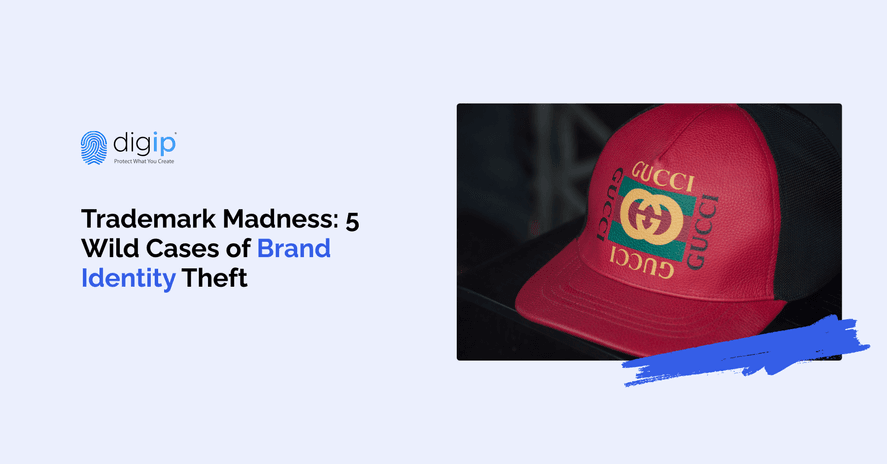
- Trademark
Is registration necessary for trademark protection?
A common question about trademarks is whether or not trademark protection can be claimed without officially registering a trademark.
For instance, you are a solo entrepreneur who bootstrapped their sneaker care business a year back. Due to a lack of funds, a trademark was not registered. Recently, a national competitor copied your brand name and launched their products. In this case, can you take action against the infringement?
Hop on this discussion to learn more about the basics of trademark protection, whether registering a trademark is mandatory to protect trademark, why it is essential to register a mark, and more.
Basics of Trademark Protection
Trademarks are a type of intellectual property that protect unique names, slogans, words, colors, and even scents. They play an integral part in establishing trust, brand reputation, and customer loyalty.
Let’s take Nike as an example. Despite trademarking the swoosh logo and the slogan ‘just do it,’ it is estimated that Nike loses about 10 percent of its entire revenue because of infringements, mainly counterfeit products in the market.
International trademark protection is therefore essential for every brand, considering that global retail e-commerce sales reached a staggering 4.9 trillion U.S. dollars in 2022 alone.
Why Do You Need to Register a Trademark?
Even without registering your trademark, you, as an owner, have certain rights over it. However, it is highly recommended to register your trademark for the benefits discussed below.
Registering a trademark gives you exclusive rights to the mark for the goods and servicesand jurisdiction you are based in. That ultimately helps take legal action against brands infringing your trademark, including counterfeits, unauthorized use, and opposing similar name applications, as it is easier to show proof of ownership.
It is important to understand that registered trademarks are an asset that helps boost brand value and could be further licensed or sold.
What is Common Law Trademark Protection?
Although registering your mark is recommended, it is possible to protect an unregistered trademark.
How is The Protection Acquired?
Under common law, the ‘first to use’ or use in commerce rules applies. If a party can prove that they first used the mark in sales or advertising of its goods/services, a legal action towards a third party for infringement can be enforced.
Limitations to Consider
There are several limitations if you only rely on common law trademark protection.
- Limited area scope: The ambit of brand and trademark protection is limited to a geographical area.
- Proof of ownership: It is more difficult to prove ownership in cases of infringement
- Limited power to restrict the registration of similar marks by third parties: Unregistered marks have no legal standing to stop similar trademarks from being registered
- Lack of constructive notice: A registered mark gives public a constructive notice of the applicant’s ownership
Trademark Application vs Registered Trademark
Filing an application for a trademark and having a registered trademark are different stages in the trademark registration process.
When you file an application for a trademark, you are seeking official recognition of your trademark from the relevant trademark office. The trademark office will examine your application to ensure that it meets all legal requirements and does not conflict with existing trademarks. If approved, your trademark will be registered, and you will receive a certificate of registration.
Having a registered trademark means that your trademark has been approved by the trademark office and is now legally recognized as a trademark. The registered trademark gives you exclusive rights to use your trademark in connection with the goods and services specified in your registration. It also provides a legal basis for you to enforce your trademark rights against others who may use your trademark with
While your application is pending, use the ™ symbol to indicate that the owner is claiming trademark rights. After you have been granted trademark ownership, use the ® symbol to notify others.
- Trademark



